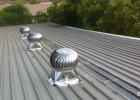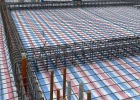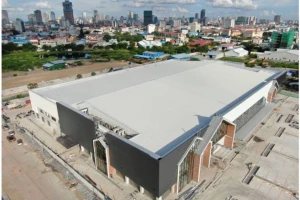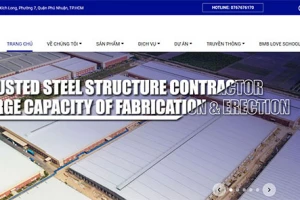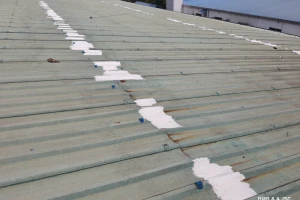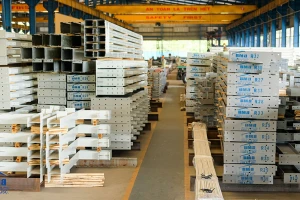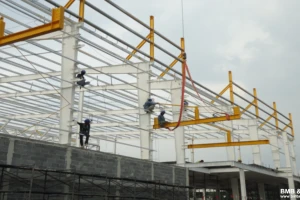The applications of pre-engineered steel buildings in the construction of agricultural facilities
In recent years, the agriculture industry has witnessed a significant transformation driven by innovative technologies and sustainable practices. Among the advancements that have revolutionized the sector is the application of pre-engineered steel buildings. These versatile structures offer numerous benefits, making them an ideal choice for agricultural operations. In this article, we will explore the various applications of pre-engineered steel buildings in agriculture and the advantages they bring to the industry.
1. A brief introduction to pre-engineered steel building concept
Pre-engineered steel buildings refer to structures that are designed, fabricated, and assembled using standardized components and methods before being transported to the construction site. These buildings are engineered to meet specific requirements and are manufactured off-site, allowing for faster and more efficient construction processes.
The components of pre-engineered steel buildings, such as columns, beams, and panels, are fabricated in a factory and then assembled on-site. This construction method provides numerous advantages, including cost-effectiveness, customization options, durability, and compliance with building codes and regulations. Pre-engineered steel buildings have gained popularity in various industries to meet the unique needs of different applications.
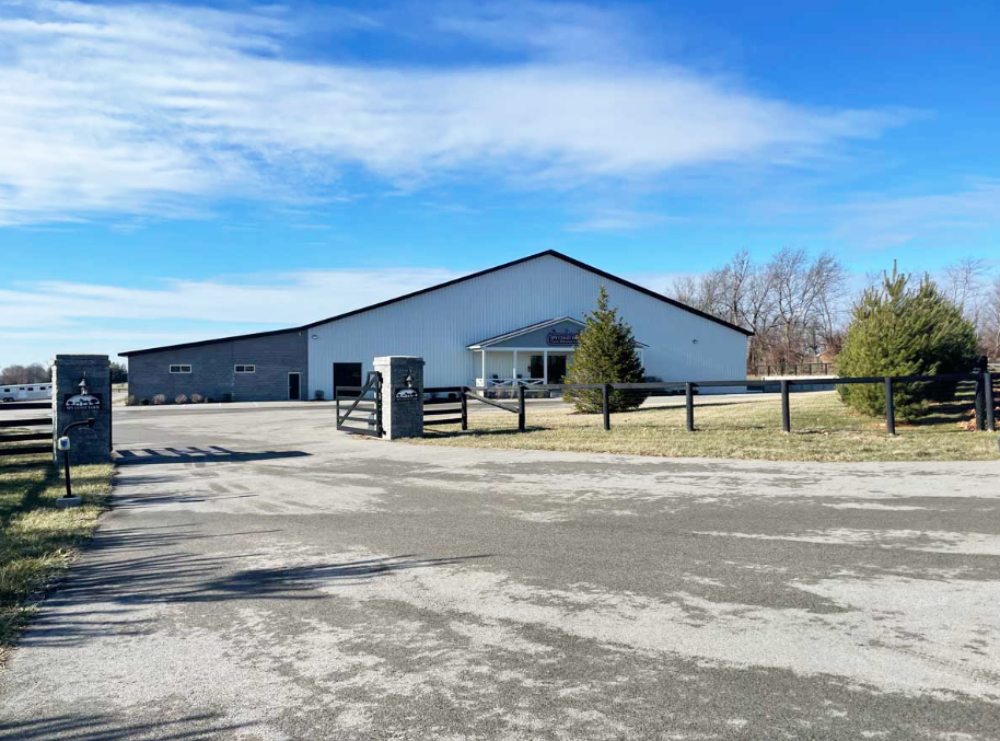
2. The benefits of pre-engineered steel buildings for the construction of agricultural facilities
Pre-engineered steel buildings offer significant benefits for agriculture facilities construction:
- Durability and strength: Steel buildings withstand harsh weather conditions and provide long-lasting protection for crops, livestock, and equipment.
- Cost-Effectiveness: Construction time and labor costs are reduced due to off-site manufacturing, minimal material waste, and low maintenance requirements.
- Design flexibility: Steel structures can be customized to meet specific agricultural needs, with clear-span interiors allowing efficient storage and workflow.
- Versatility: These buildings can be used for various agricultural purposes, including storage, processing, livestock housing, workshops, and research facilities, etc.
- Speed of construction: Pre-engineered steel buildings are assembled quickly, minimizing downtime and maximizing productivity.
- Safety and security: Steel structures offer protection against fire, pests, and theft, ensuring the safety of valuable agricultural assets.
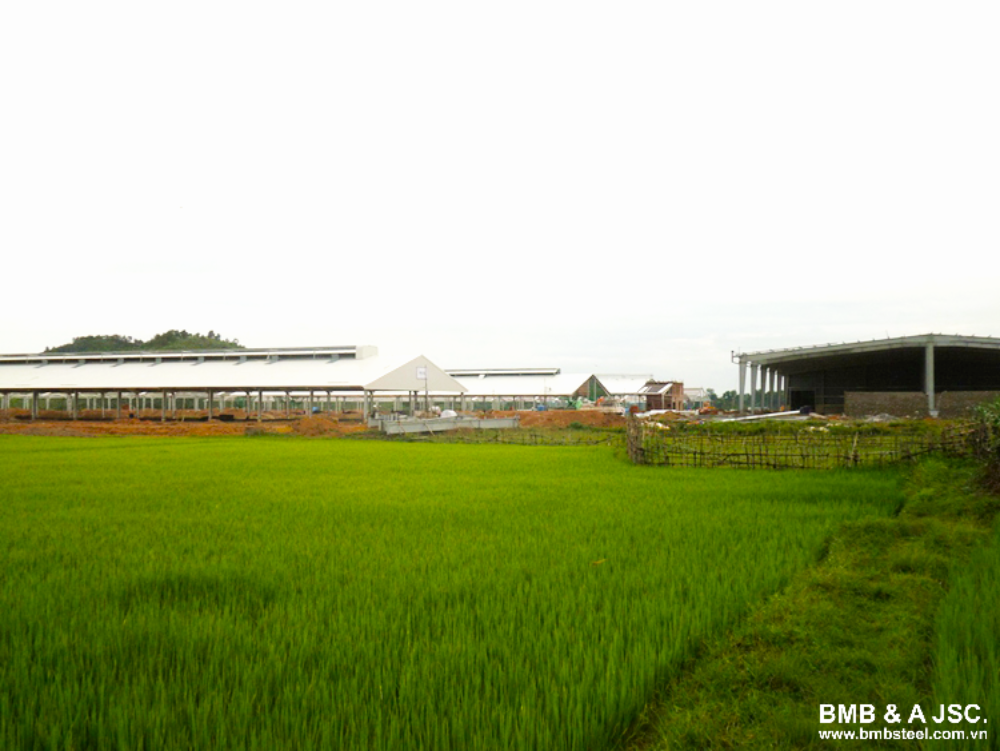
3. The applications of pre-engineered steel buildings in the construction of agricultural facilities
Pre-engineered steel buildings have a wide range of applications in agriculture. Here are some key areas where these buildings are commonly utilized:
3.1 Farm storage facilities
One of the primary applications of pre-engineered steel buildings in agriculture is for farm storage. These buildings offer ample space for storing crops, equipment, machinery, and other farm essentials. The clear-span design of steel structures allows for unobstructed interior space, enabling efficient storage and easy maneuverability of agricultural machinery. With customizable options, farmers can design these buildings to meet their specific storage needs, whether it's for grain, hay, or equipment, etc.
The durability of steel ensures protection against harsh weather conditions, pests, and fire hazards, safeguarding valuable farm assets, providing a secure storage solution for agricultural produce. Additionally, steel buildings are low maintenance, reducing long-term expenses.
3.2 Livestock shelters and barns
Pre-engineered steel buildings are also widely utilized as livestock shelters and barns, offering a safe and comfortable environment for animals. These structures can be designed to accommodate various livestock, including dairy cows, poultry, swine, and horses, etc. The open interior space allows for efficient ventilation and natural lighting, promoting animal welfare and productivity.
Steel buildings provide excellent insulation, ensuring proper temperature control throughout the year. This feature is particularly crucial in extreme climates, protecting livestock from excessive heat or cold. The sturdy construction of steel structures offers resistance to pests and predators, securing the animals.
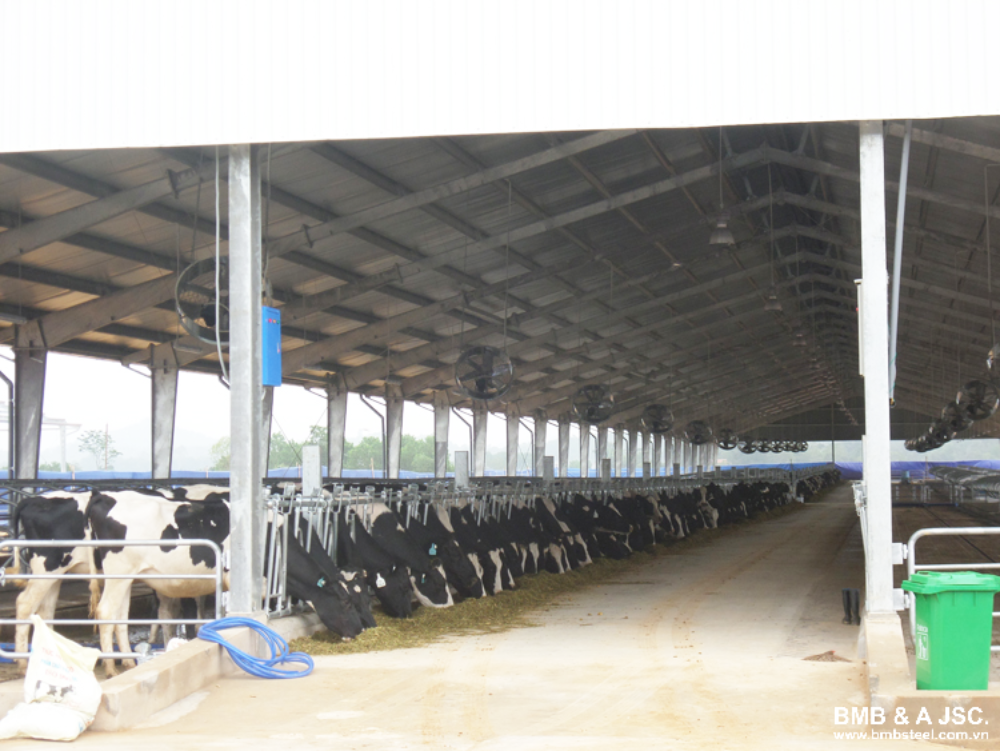
3.3 Greenhouses and nurseries
The agriculture industry is increasingly embracing sustainable practices, and pre-engineered steel buildings play a vital role in supporting this trend. Greenhouses and nurseries constructed with steel provide a controlled environment for cultivating plants, ensuring optimal growth conditions.
The inherent strength of steel allows for the installation of large glass panels, promoting natural light transmission and reducing the need for artificial lighting during the day. This energy-efficient feature lowers operational costs and minimizes the carbon footprint of greenhouse operations. Furthermore, steel structures are resistant to moisture and pests, creating a durable and long-lasting structure for year-round cultivation.
3.4 Equipment and machinery sheds
Farmers heavily rely on a wide range of equipment and machinery to carry out their daily operations. Pre-engineered steel buildings provide an ideal solution for storing and protecting these valuable assets. With customizable sizes and configurations, steel sheds can accommodate everything from tractors and harvesters to irrigation systems and tools.
Pre-engineered steel buildings offer ample clearance height, allowing for the storage of tall machinery and equipment. The open design ensures easy access and efficient organization, enabling farmers to maintain a well-structured and functional workspace. Moreover, the durability of steel ensures protection against theft, vandalism, and adverse weather conditions, safeguarding the investment in agricultural equipment.
3.5 Processing and packaging facilities
Pre-engineered steel buildings are well-suited for agricultural processing and packaging facilities. These structures can be designed to include separate areas for sorting, cleaning, grading, and packaging agricultural products. The open interior space allows for efficient workflow and the installation of conveyor systems, facilitating the processing and packaging operations.
Steel buildings offer a hygienic environment that complies with food safety standards. They can be equipped with proper ventilation systems to regulate air quality and minimize the risk of contamination.

3.6 Agricultural workshops and maintenance facilities
Farmers often require dedicated spaces for equipment maintenance, repairs, and fabrication. Pre-engineered steel buildings provide an ideal solution for agricultural workshops and maintenance facilities. These structures offer ample space for conducting repairs, storing tools, and carrying out routine maintenance tasks.
With customizable layouts, pre-engineered steel buildings can accommodate workbenches, storage cabinets, and specialized equipment. The clear-span design allows for the movement of large machinery and provides flexibility in organizing the workspace. Moreover, the durability and strength of steel ensure a secure and long-lasting facility for agricultural maintenance activities.
3.7 Research and development facilities
Innovations in agriculture often require dedicated research and development facilities. Pre-engineered steel buildings can be designed to house laboratories, experimental fields, and research centers. These structures provide a controlled environment for conducting experiments, testing new agricultural techniques, and developing sustainable farming practices.
Steel buildings offer the flexibility to incorporate specialized features such as climate control systems, irrigation setups, and data collection systems.
Above are some applications of pre-engineered steel buildings in the construction of agricultural facilities. Hopefully, this article has provided you with useful information. Visit BMB Steel’s website to read more about pre-engineered steel buildings and steel structures. You can also contact us for design consulting and steel production service.









